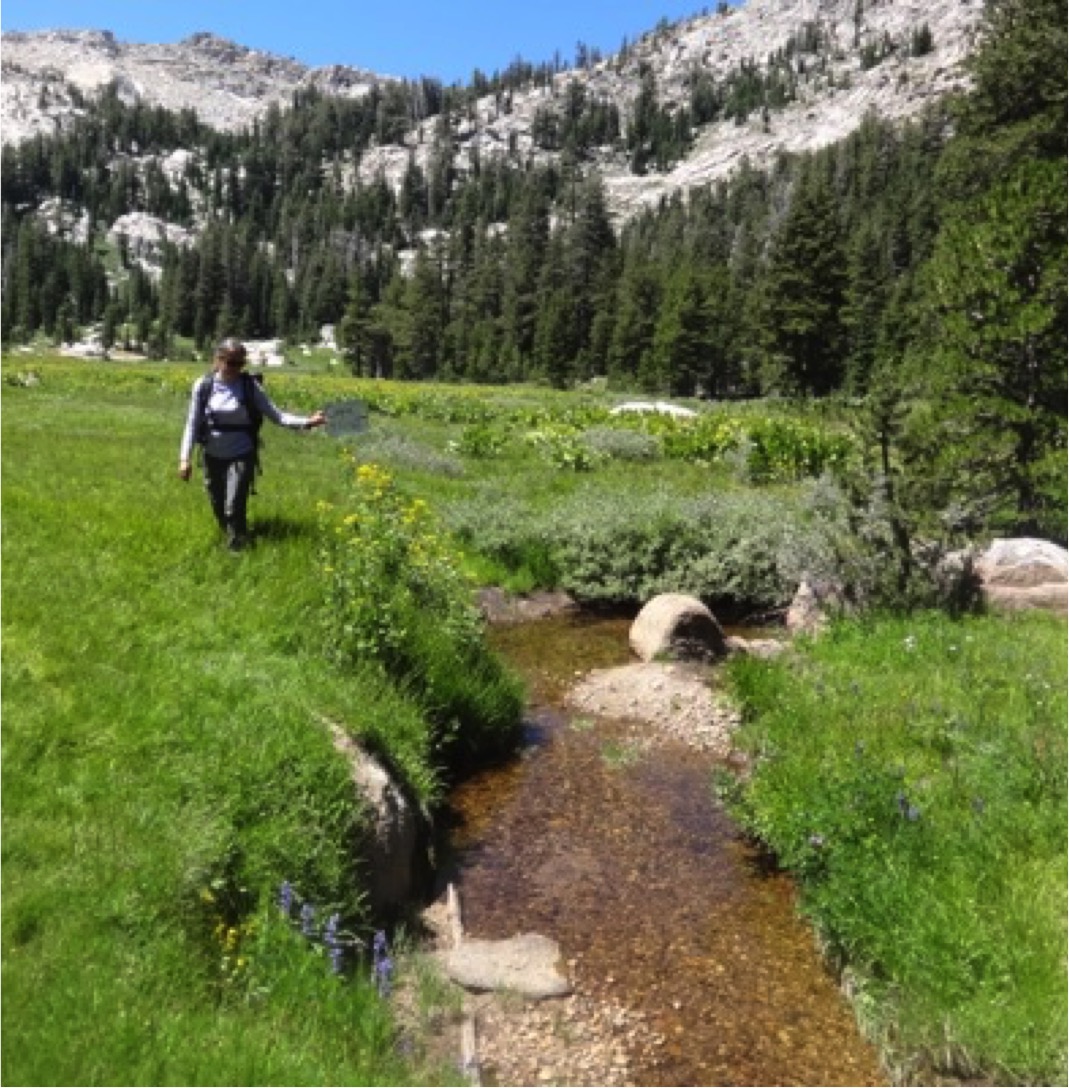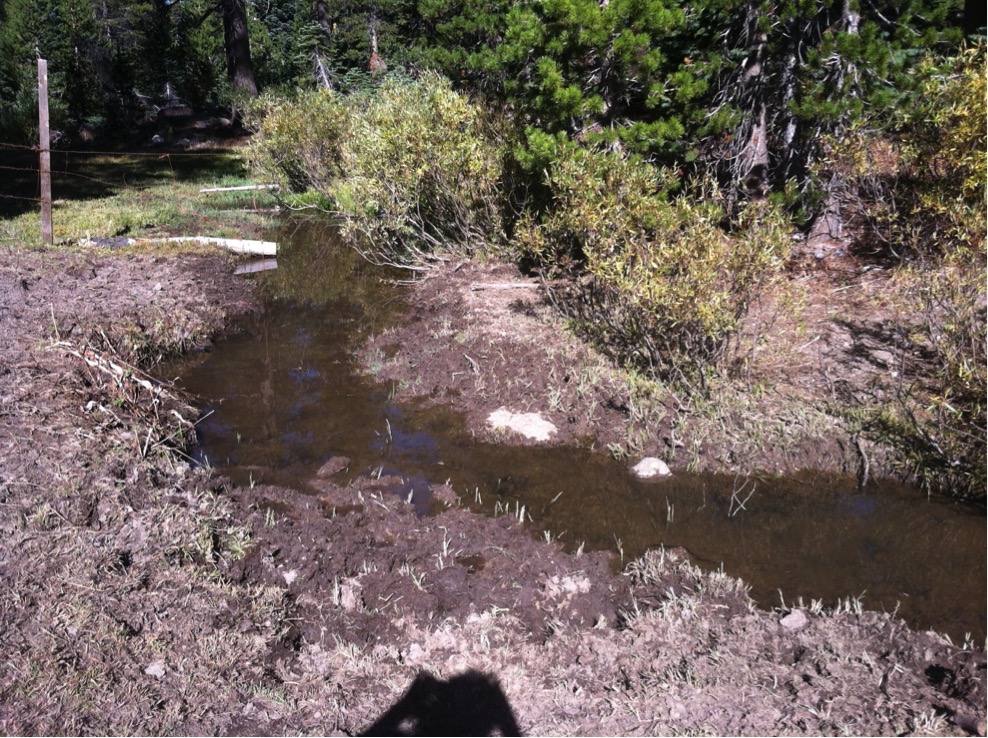
Since 2009, CSERC biologists have carefully followed protocols to do water quality sampling of forest streams in areas where cattle are present for weeks or months along flowing streams. Before cattle arrive in what the Forest Service describes as “grazing allotments,” stream water quality is generally high. Once cattle are present, fecal coliform and E. coli contamination levels rise, often exceeding health thresholds set to protect recreational visitors who may have bodily contact with the polluted water.

CSERC biologists have consistently found fecal patties in or adjacent to streams in areas with livestock presence, especially in high elevation tributary stream areas. Cattle also chisel, slough, and crumble stream banks — causing small streams to become wider and shallower each year – increasing stream temperatures and also often stripping away the riparian plants that would shade and cool narrow, deep streams. After so many years of USFS officials literally shrugging off such obvious negative impacts to water resources, CSERC has finally filed a legal challenge to try to force a significant change in Forest Service livestock management practices.

